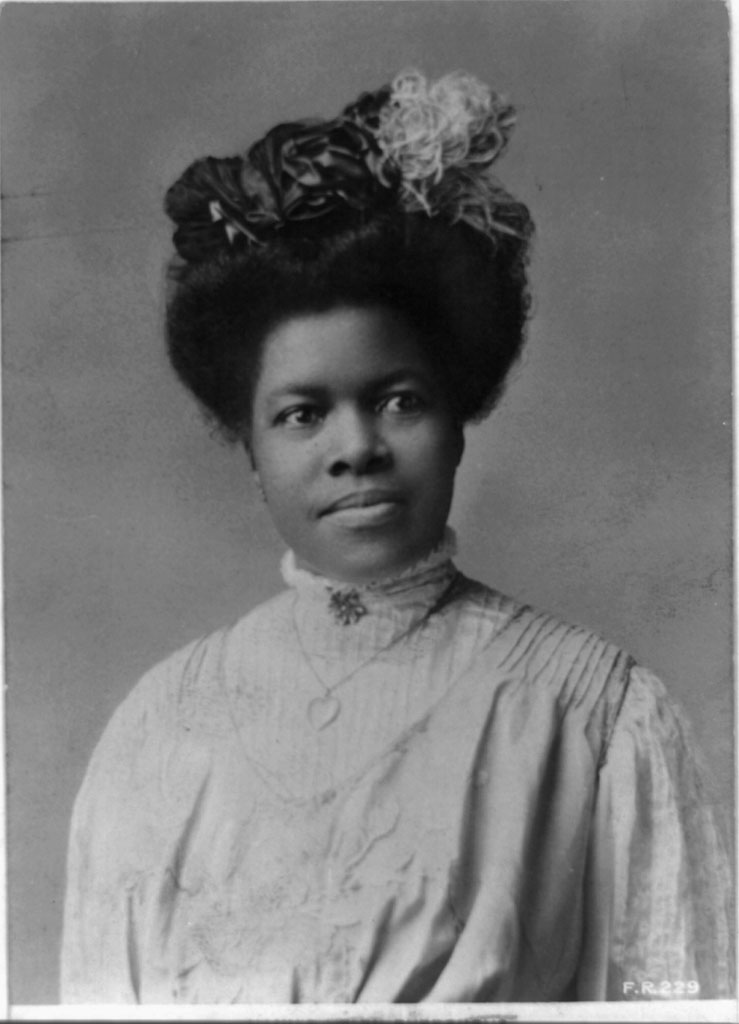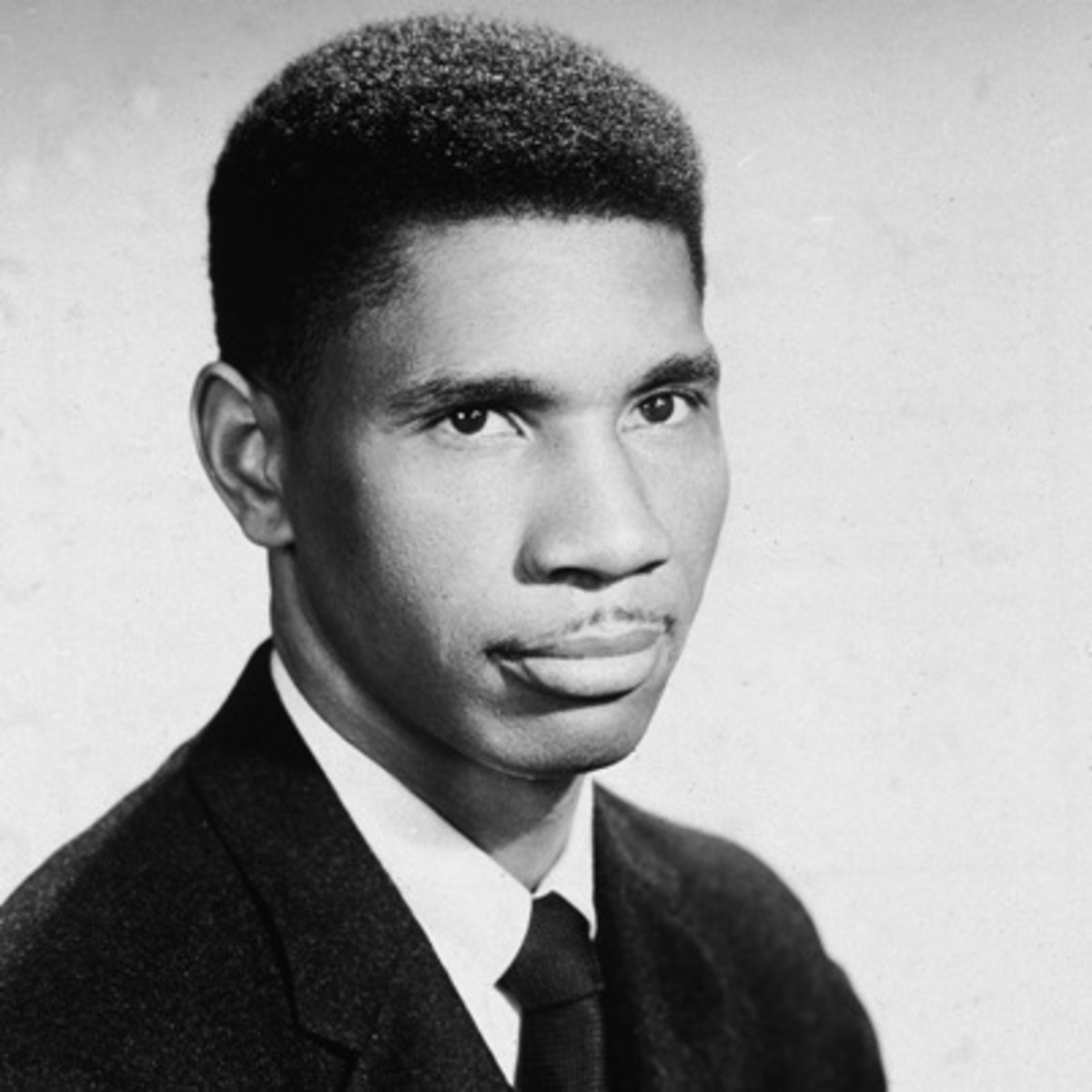September 9, 1739
Stono rebellion was a large revolt of enslaved people in the colony of South Carolina, near Stono River. The timing of the uprising is often tied to a Security Act enacted that required all white men to carry firearms to church on Sunday. Leaders of the enslaved knew this would be the best time to stage a rebellion as the men would be away from the plantations. They were also spurred on by the proclamation that Spanish-held Florida would protect the enslaved from the British colonies. Spanish Florida soon became a destination for those enslaved.
The Kongo Rebel
Sunday was often a day set aside to allow the enslaved to work for themselves, but 20 men assembled on September 9th and planned an insurrection. They were led by a man named Jemmy who many believe was from the Kingdom of Kongo, now named Angola, and he had already fought in military battles. Jemmy and 19 other enslaved men were working on a road gang and Jemmy led them to a nearby store where they killed two men guarding the store and acquired firearms and ammunitions. They continued their march stopping at Mr. Godfrey’s home. They killed him and his family, including a daughter and son. Continuing their march southward they passed Mr. Wallace’s Tavern, they did not hurt him because he was kind to those enslaved.
The march continued accumulating more enslaved people from plantations. The rebels had to fight some enslaved people as well, many warned their masters. They robbed Mr. Lemy’s home and killed him and his wife and child, and they also robbed Mr. Rose. Mr. Rose had been warned by one of the enslaved, and had been hidden. The leaders of the rebellion killed every white person they met and continued marching southward, not in secret but playing drums and chanting for Freedom and Liberty. The Lt. Governor of South Carolina discovered the group along the road and was pursued. Hiding, the Lt. Governor escaped and soon raised the militia.
Clash with the Militia
The rebels reached 60-100 but had accumulated rum and alcohol from the homes they had plundered. They halted and began drinking and dancing. They had marched 10-15 miles and the militia soon found them. A battle ensued between the rebels and the militia. Many of the rebels retreated and tried to return to their plantations. Out of those that participated in the Stono Rebellion, 44 stood their ground and a few continued southward.
In the end 40 black Africans were killed and 21 whites.
The Rebellion caused the colony to pass the Negro Act of 1740, these laws prohibited enslaved people from gathering without a white person present. Those enslaved could not learn to read or be paid directly for any work done. The link is below for the full piece of legislation.




